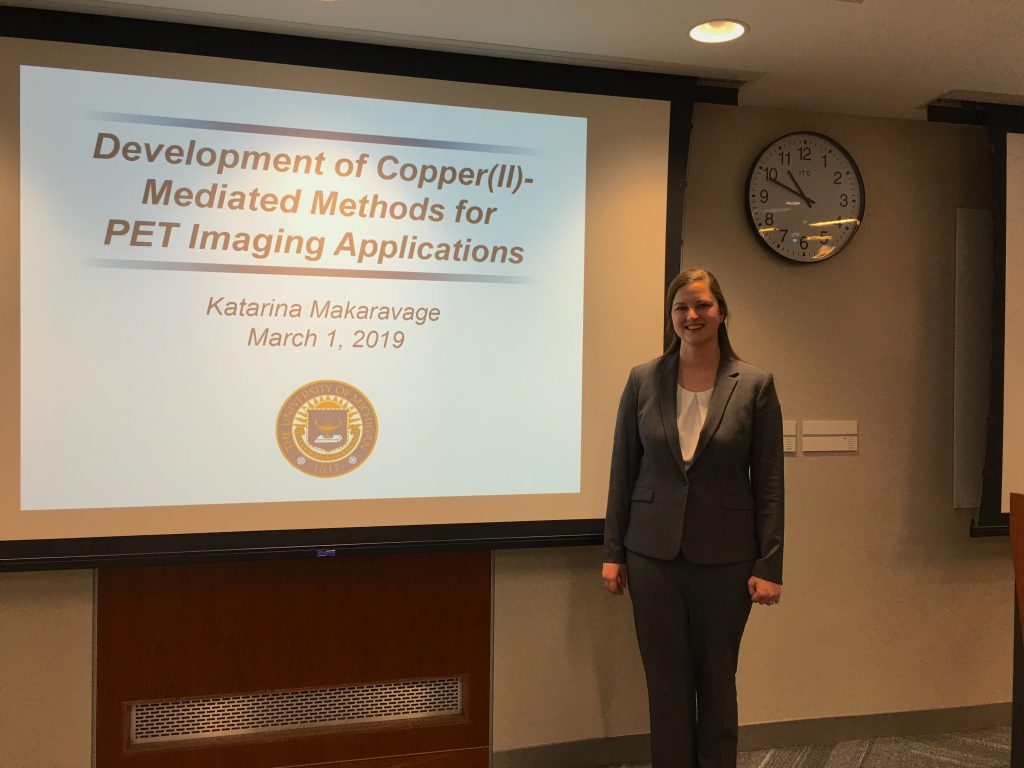Ms. Katarina J. Makaravage completed her B.S. in Chemistry at Appalachian State University in 2014. She is currently completing her PhD at the University of Michigan under the direction of Prof. Melanie Sanford. She has focused on developing new methodologies for PET imaging applications in collaboration with Prof. Peter Scott from the University of Michigan Radiology Center. Ms. Makaravage was the guest speaker at a lecture organized by the MGH Gordon Center. Below is her presentation summary.

Most positron emission tomography (PET) imaging studies are performed with fluorine-18 as the positron emitting radionuclide. Creating a C(sp2)–F bond is difficult, but several late-stage methods have been developed that overcome the challenges presented by this transformation. Unfortunately, translating methods for making natural C(sp2)–19F bonds to forging radioactive C(sp2)–18F moieties is not trivial due to several factors that will be discussed. The first section of this talk focused on the development of organometallic reagents commonly employed in the PET community to make C(sp2)–18F bonds. The starting materials required for these methods are frequently utilized, making the incorporation of this new methodology an easier transition. The second segment of this presentation discussed the application of these methodologies to improve the overall synthesis of 4-[18F]fluoro-m-hydroxyphenethylguanidine ([18F]4F-MHPG), a cardiac imaging agent currently going through clinical trials. Ms. Makaravage’s talk addressed several challenges her group faced during the development of these methods, their current status, and future methodological developments.

